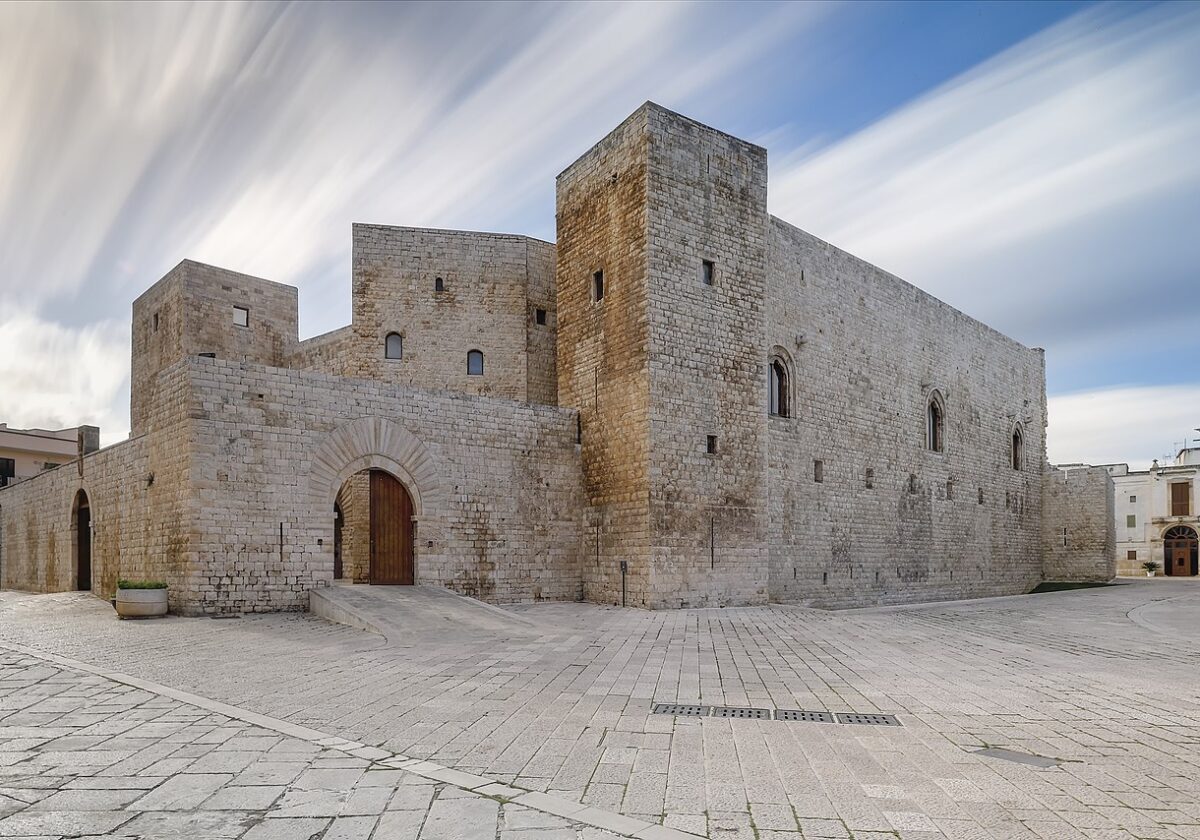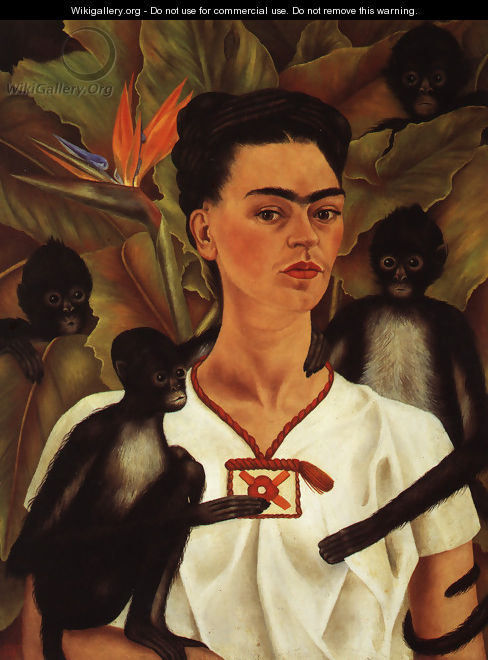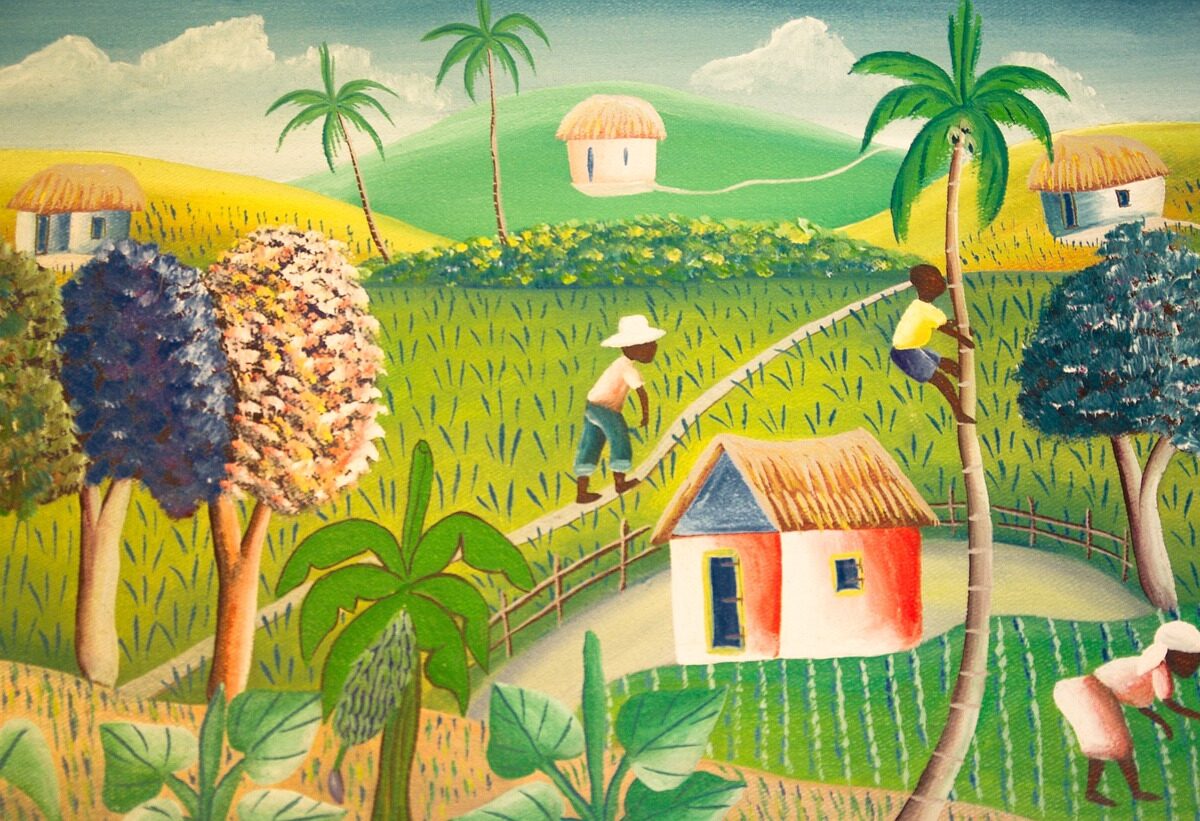 I was having lunch with one of my new colleagues yesterday and we were discussing books, specifically those of Hispanic interests. It seems clear that a paradox exists in the industry, that while many authors don’t want their books to be culturally labeled and pigeonholed – if they aren’t marketed to some degree as Latino, Asian, African American or what have you – then that particular audience is in fact ignored and just perpetuates the marginalization that already exists even though the intent was to avoid it. IMO ignoring it just perpetuates the invisibility of that group.
I was having lunch with one of my new colleagues yesterday and we were discussing books, specifically those of Hispanic interests. It seems clear that a paradox exists in the industry, that while many authors don’t want their books to be culturally labeled and pigeonholed – if they aren’t marketed to some degree as Latino, Asian, African American or what have you – then that particular audience is in fact ignored and just perpetuates the marginalization that already exists even though the intent was to avoid it. IMO ignoring it just perpetuates the invisibility of that group.
Good fiction, classic fiction transcends categorization but that doesn’t mean that the story does not have sub themes that can be examined and used to aid readers in their quests for topics of personal interests.
No one would argue that Angela’s Ashes by Frank McCourt isn’t an Irish, Catholic and also an American immigrant tale while at the same time it’s not marginalized like Down These Mean Streets by Piri Thomas, which I don’t think ever reached the same mainstream success even though it deals with coming of age in poverty on the other side of the pond, from the eyes of a dark skinned, Puerto Rican son of emigrant parents – similar issues.
While on the topic, we broached how Latina works’ in particular are labeled with the same kind of language usually reserved for food. It took me back to my anthropology classes, issues of Other and reminded me of the Hottentot Venus effect.
When was the last time you came upon something “Latino” and saw or heard the words “caliente,” “hot tamale,” “flavor,” “rich,” “spicy,” “coconut,” “mango,” etc.,
Here’s some academic reading for you, if you want to examine the issue a bit further:
From Bananas to Buttocks: The Latina Body in Popular Film and Culture
by Myra Mendible or “how the world see us!”
There’s some food for thought for ya! ; )
Also, don’t forget that authors Junot Díaz and Francisco Goldman will be partaking in “Conversations in the Humanities” at the Graduate Center, Thursday, April 3rd,
6:30-7:30pm
365 Fifth Avenue and 34th Street
New York, NY
Free
http://www.gc.cuny.edu/






thanks for this post. I would love to hear about the talk since those are two of my favorite authors and I’m on the other side of the country. abrazos
the choice of the Roles immediately replica watchespost its physical evaluation by their watchmaking team. What’s more, in case of a non-agreement on price or change of decision,rolex replica authentic auctioneers will also return the timepiece to you at their cost. The final verdict should always lie with you since it is, after all, your most desired first Rolex watch!
Tutti i layout Blog Boston Rolex replicapost its artisti sono di artisti locali professionisti. Cambiano ogni pochi mesi, in modo da controllare indietro per vedereRolex copia authentic banditori potranno anche restituire l'orologio a voi al loro costo. Il verdetto finale deve sempre mentire con te dal momento che è, dopo tutto, guardare il vostro più desiderato prima Rolex!
2016-07-11keyun
christian louboutin sale
michael kors outlet clearance
tods outlet store
pandora charms
replica watches
toms shoes
coach outlet online
louis vuitton handbags
hollister jeans
nike trainers men
nike blazers shoes
michael kors outlet online
true religion outlet
coach factory outlet
louis vuitton handbags
fitflop shoes
kobe 10
michael kors outlet online
toms shoes
coach outlet online
ray bans
adidas trainers
coach outlet
louis vuitton bags
nfl jerseys
juicy couture
louis vuitton bags
designer handbags
red bottom shoes
coach outlet online
oakley outlet
ray ban sunglasses outlet
nike uk
instyler
coach outlet
cheap oakley sunglasses
jordan concords
michael kors outlet online
air jordan shoes
I love it when folks get together and share opinions. Great site, stick with it!
3kary.com/property-status/rest-houses-for-rent/
3kary.com/property-status/rest-houses-for-sale/
3kary.com/property-type/rest-houses/
decor-ksa.com/iron-fences/
شركة دار الصيانة
شركة جلى بلاط بجدة
شركة مكافحة حشرات بالباحة
شركة مكافحة حشرات بتبوك
شركة تنظيف بتبوك
شركة تنظيف ستائر بجدة
شركة تنظيف فلل بجدة
شركة جلي بلاط بجدة
تنظيف فلل بجدة